Having a flat or partly flat tire on a riding lawnmower can be very uncomfortable. It can affect the mower’s handling and cause it to slip on the surface, making the job very taxing. It also adds unnecessary load on the engine and can cause it to consume more fuel. A flat or partly flat tubeless tire can be caused due to various reasons. This blog post shall investigate these reasons separately and discuss the procedure for inflating a tubeless tire on a lawnmower.
How to inflate a tubeless lawnmower tire? Follow these steps below:
Tubeless tires do not use a separate rubber tube to hold the air in them. The pressurized air is contained inside the tire, enabling it to support the lawnmower’s entire weight, including the person. The air pressure inside the tires can fall due to various reasons. The tire may get punctured by a sharp object causing the air to leak out. Generally, in winters, the low temperature causes the air to condense inside the tires, resulting in a pressure drop. In all these cases, it becomes inevitable to fill the tire with air to ensure a smooth ride.
For further elaboration on the steps mentioned in bold, we recommend going through the entire article.
Contents
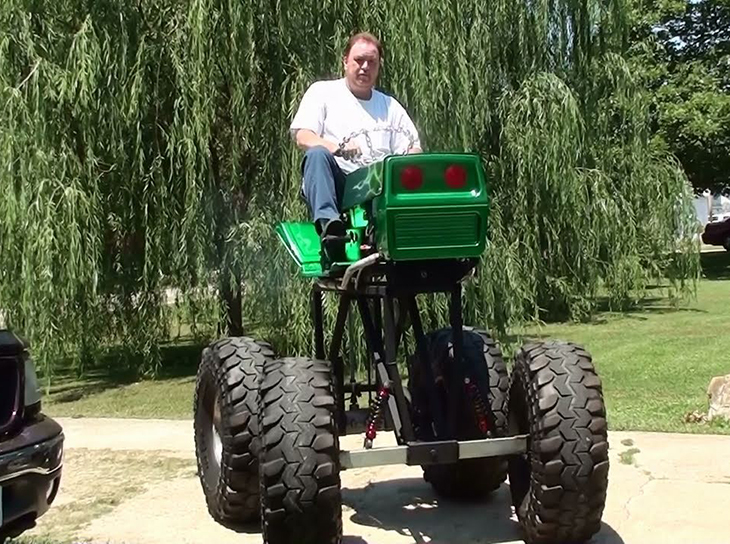 2.1 – Punctured tires:
2.1 – Punctured tires:We shall elaborate on the procedure for inflating a tubeless tire along with other problems that can arise with a lawnmower tire.
There can be two main ways of performing tire inspection. You can inspect the tire visually and see if any tire appears flat and needs repair. You can also determine the air pressure inside each tire and see where you need to pump more air.
You may need a pressure gauge to determine the value of air pressure inside each tire. You can do this by attaching the pressure gauge to the valve stem of a tire.
You can do this by attaching the pressure gauge to the valve stem of a tire.
If an air compressor is available to you, it has a pressure gauge installed with it so that you need not purchase one separately. The recommended pressure value is usually mentioned on the side of each tire. If not provided, you can check the manufacturer’s recommended value as listed in the lawnmower’s manual.
Determine the air pressure inside all four tires. If the value falls short of the recommended value by a significant amount, you may need to pump air inside it. We shall come towards that step afterward.
If any tire appears flatter than normal, try to bend over and press it. If you can squeeze it easily, you need to pump air inside it. If a tire doesn’t have adequate pressure, you might get an indication of that while riding the lawnmower.
Also, check for sharp objects such as iron nails, pins, glass splinters on each tire’s tread area. If that is the case, your tire is punctured, and it needs to be repaired before inflating it with air.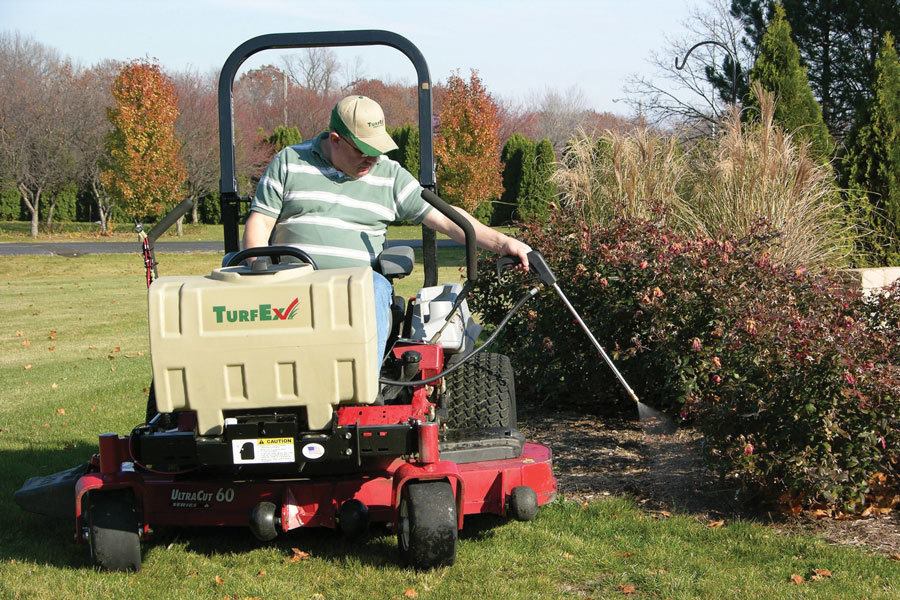
You might come across a situation when the tire has gotten off the rim completely, and the air inside it has escaped. In all these cases, the tire needs to be fixed first before filling it with air.
Here, we shall explain how to fix tires that have either been punctured or have lost contact from the rim. If your tire isn’t damaged, you can move directly to step 3 without following this step.
If a sharp object such as an iron nail is stuck inside a tire, it can cause air leakage. To check if the air is leaking, you can pour soap water at the puncture site and see if any air bubbles are formed. Please be sure that you don’t remove the sharp object from the punctured area until the hole has been fixed.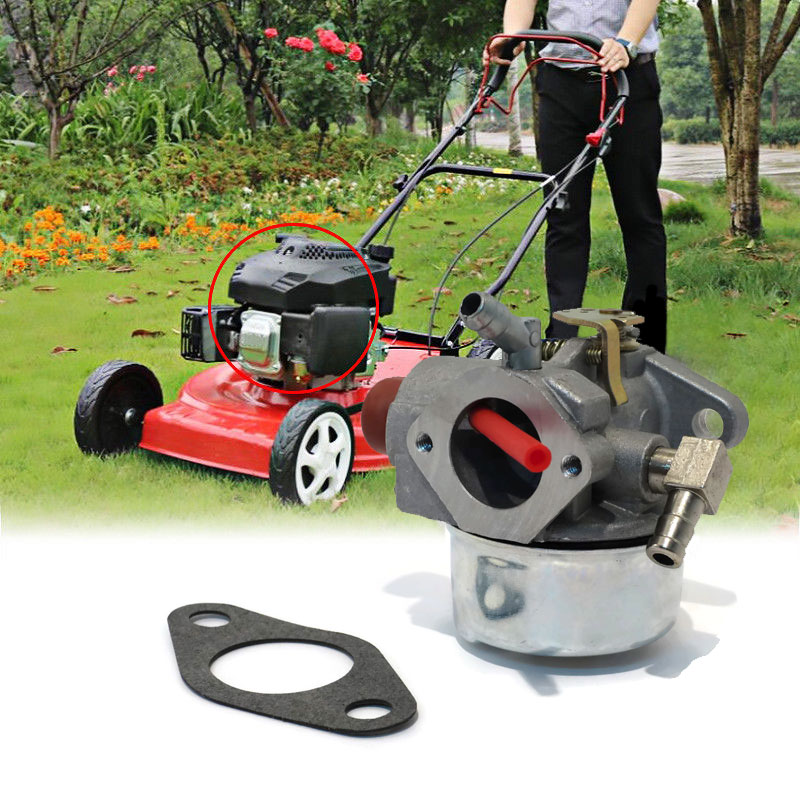 For fixing the punctured tire, you can follow the steps below:
For fixing the punctured tire, you can follow the steps below:

For tubeless tires, it is possible if your tire loses contact with the rim due to a high cornering force and loses all the air. It generally happens when tires have become old and are near the end of their service life. However, if you still want to fix this tire, you can follow the steps below:
It generally happens when tires have become old and are near the end of their service life. However, if you still want to fix this tire, you can follow the steps below:
With the air filled inside the tire, you can remove the rope, and the tire is all set to be used again.
Once the tire has been repaired from any damage, we can now pump air inside it. For this action, you can follow these steps:
A rule of thumb says that the sealant should be replaced after every six months. The sealant tends to dry out with time and can break if the tires are driven on a bumpy surface. In these cases, you don’t need to remove the old sealant unless there are clumps that can be picked out by hand.
Tubeless tires are used in most riding lawnmowers. Such tires do not have an inner tube, and the rim locks their beads in place. They have the following pros and cons:
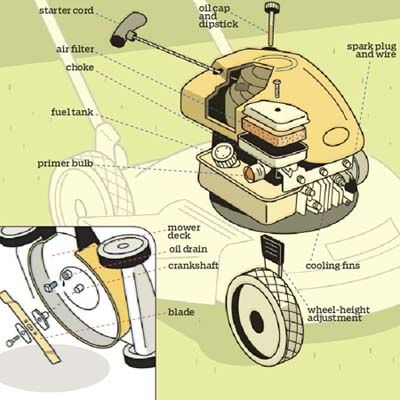
You should replace your tubeless tires when their treads have worn out completely and no longer provide sufficient traction. When the tire keeps on leaking air right after getting filled or when it has been torn due to a knife or highly sharp object, it should be replaced.
You should check your lawnmower’s tire pressure regularly during the season. We always recommend filling the tires to the prescribed level and not more than that since it may cause the tires to burst. Avoid driving your mower when the tire is flat as it is uncomfortable and loads the engine excessively. If you have ever punctured your tires before, be sure to keep filling them with sealant every six months as the old sealant wears out after that.
|
|||||||||||||||||||||
Many motorists are probably wondering if it is worth inflating tires with nitrogen. Indeed, today there are many conflicting opinions about this event on the Internet and in real life. Flat tires, or vice versa, too "pumped" violate the control and handling of the car, as well as negatively affect the fuel consumption of the car. We will devote today's material to one of the types of solutions to such problems, and more precisely, the main character of the article will be inflating tires with nitrogen. We will call on physics or even chemistry to help and understand the situation from the point of view of truth.
Tables:
Tire inflation with nitrogen is one of those cases when the technology comes to our region with an extreme delay. It seems that we have known about this method of refueling tires for a long time, but you will not find a developed infrastructure with the proper level of service, especially in cities with a population of less than a million, in the afternoon with fire. As a rule, "nitrogen stations" are located in large commercial workshops and serve mainly premium and sports cars. Around 2012, the active development of this technology began, and since then nitrogen tanks can now be found at many service stations, gas stations and other large transport facilities.
Around 2012, the active development of this technology began, and since then nitrogen tanks can now be found at many service stations, gas stations and other large transport facilities.
For the first time such a technique was used during the races of the most famous automobile competition - Formula 1. Taking advantage of a loophole in the tournament regulations, one of the teams applied nitrogen filling to the tires of their car.
For the first time, nitrogen was used to inflate wheels in Formula 1 carsAlthough, it should be noted and added that at that time nitrogen of such purity was not yet available in the mass industry. Instead, a nitrogen-air mixture was used. But even the use of such a mix brought the popularity of refueling with nitrogen, and the general interest from other companies and firms to the mixture itself.
Along with the rampant popularity of this method, ardent opponents have appeared for nitrogen filling of tires. In total, there are 4 myths about the benefits of nitrogen in car tires, on some resources there may be more of them, on others less, but we will consider the main "benefits".
In total, there are 4 myths about the benefits of nitrogen in car tires, on some resources there may be more of them, on others less, but we will consider the main "benefits".
See also: What do the colored labels on tires mean?
They say that if there is nitrogen in the tires, then the pressure in the tires jumps much less. If the tire heats up, the pressure in it will exceed the norm, and if it cools down, it will drop. It is not good. Nitrogen, too, will not be able to provide the coveted 2 atmospheres in any temperature conditions (usually the wheels of a passenger car are pumped up to 2 atm). This textbook of physics will confirm this - at least a couple of "gas" laws:

Tires can be confidently inflated with any gas - the pressure will still jump, and it will be necessary to check it as regularly as the pressure of ordinary air.
Note: while driving a car, the pressure in a hot tire can increase by 0.4 - 0.8 atmospheres. This is due to the effect on the wheel of a heated surface, as well as the effect of kinetic energy from rotation. Such a deviation from the norm can lead to uneven wear or deformation of the tires.
See also: Tire grip coefficient and factors affecting it
They say that nitrogen molecules are larger than oxygen molecules, so it is difficult for them to crawl into micro-holes and cracks in the rubber structure. The nitrogen molecule is 0.000000031 cm. (3.1X10 -8 degrees) versus 0.000000029see (2.9X10 -8 degree) oxygen - not such a big difference. If the wheel turns out to be punctured even by some superfine needle, it will still go down.
Modern tubeless tires deflate very slowly, so you can almost always reach the tire fitting, especially if you have a working compressor in the trunk, which you can pump up the tire on the way. To monitor the pressure in the tires of the car, you can use various sensors and pressure alarms.
Before inflating tires with nitrogen, all air must be evacuated from the wheelsThey also say that inflating tires with nitrogen leads to a lighter weight of the tire due to the fact that nitrogen is lighter than air, and therefore fuel consumption will decrease if the tires are filled with this gas. So, a cubic meter of air weighs 1.29 kg, and nitrogen - 1.25 kg. With an inflated wheel, the difference in weight will be only a few grams. A piece of dirt that sticks to the wheel, or dust accumulated on the tire will weigh significantly more.
Ordinary air already contains about 78% nitrogen, does it make sense to buy it for injection into a tire? And it is true! Do not forget that, unlike oxygen, which enters into chemical reactions even at insufficiently high temperatures, nitrogen is more stable. In practice, this is explained by the fact that oxygen actively enters into the oxidation process (it is the oxidizing agent), but nitrogen does not. This is manifested by a decrease in the rate of corrosion and aging of the metal of the wheel and rubber.
In practice, this is explained by the fact that oxygen actively enters into the oxidation process (it is the oxidizing agent), but nitrogen does not. This is manifested by a decrease in the rate of corrosion and aging of the metal of the wheel and rubber.
Note: cars with conventional metal wheels are now rare, they have been replaced by alloy wheels, which are much less susceptible to corrosion.
See also: A hernia on a wheel - is it dangerous or can you drive?
Apart from the inflated price tag, there is no shortage of nitrogen injection into tires. However, like the benefits. Benefits such as "lower tire weight with nitrogen" are shown in 7-10 grams in each wheel. In Formula 1, perhaps this indicator is significant, since everything is measured there to the utmost accuracy, and every gram is worth its weight in gold. But is this quality important for daily commuting? The answer to this question must be given by yourself.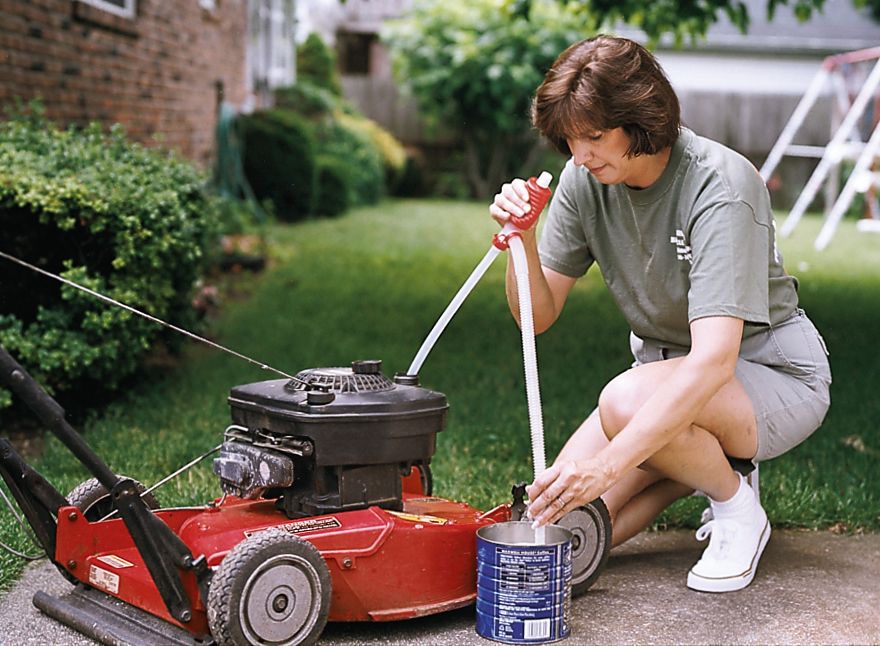
And these were just the main myths that we examined in our article. There are materials where other parameters are considered, but we have already led you to the fact that inflating tires with nitrogen is a completely useless exercise. It will help only in that it will bring additional profit to the service where this service is offered to you.
The wheels on the electric scooter must be optimally inflated, with the pressure level varying depending on the load and the type of road. An incorrect indicator will directly affect the comfort of movement, its safety, travel distance and developed speed.
In Russia, tire pressure is measured in Var or atmospheres (ATM). The scale in the manometer must be calibrated in these units.
High pressure makes tires harder. The area of contact with the road is reduced, due to which the speed increases, acceleration becomes more dynamic, and the cruising range increases. Not much, but significant for a scooter.
The reverse side - depreciation becomes worse, so it makes sense to pump tires only on good roads, otherwise there is a risk of kicking off your legs or fifth point (if the scooter is equipped with a seat). This is usually done on long trips, especially in sports cars.
At low pressure, the area of contact between the wheels and the road seems to blur, becomes larger. The force of friction increases. Therefore, it makes sense to deflate the tires when driving on the ground, as well as on wet pavement. In this case, the wheels will brake better, which increases safety.
Reverse side: speed and travel distance decrease.
For all tires, the manufacturer sets the recommended pressure values. For models designed for scooters, the indicator is selected according to 4 main criteria:
The lower the more inflated the tire is. The profile of an overinflated tire curves in a semicircle, reducing the area of contact with the track. The friction force is reduced, making it less difficult for the wheel to roll. Acceleration is also improved, you can drive more on a battery charge. But this is only on asphalt or concrete. If you drive on soft ground, the wheel begins to fall, the contact area and the friction force increase sharply. Paradoxically, a flat tire has less friction on the ground.
Paradoxically, a flat tire has less friction on the ground.
Most scooters do not have shock absorbers and smooth running is ensured only by the elasticity of the wheels.
On these models, if the tires are inflated, then all the shocks will be given to the driver's legs or rear (if there is a seat). On smooth pavement, this is not critical, but on a worse road, you will have to select the optimal degree of pumping, at which it will not shake too much.
Under-inflated tires will spread out, increasing the contact patch with the ground. Grip and traction are increased. Thanks to these properties, permeability is significantly increased.
It makes sense to reduce the pressure on a dirt or uneven road, asphalt flooded with water. In addition to improved handling and reduced braking distances, under-inflated tires wear less and absorb shock better when overcoming bumps and pits.
 The bulk of the weight of the rider falls on the rear wheel. Therefore, uneven pressure compensates for the difference in loads, allowing both tires to deform equally. Also, an under-inflated front wheel absorbs bumps better, reduces the beating on the steering wheel.
The bulk of the weight of the rider falls on the rear wheel. Therefore, uneven pressure compensates for the difference in loads, allowing both tires to deform equally. Also, an under-inflated front wheel absorbs bumps better, reduces the beating on the steering wheel. Equal tire pressure reduces comfort. If the front wheel is pumped over, then it will become worse to drive the car.
There is only one answer to this question – definitely! The mass of the driver is the determining factor when choosing the pressure in the wheels. So, with a weight of 70-80 kg, it is recommended to inflate tires to a level of 3.5 bar. If the driver weighs less, then this value is large, if the mass is greater, then the increased deformation of the rubber must be compensated for by increased pressure.
Be sure to check the tire pressure at least once every 1-2 months, as air is gradually bled through the nipple.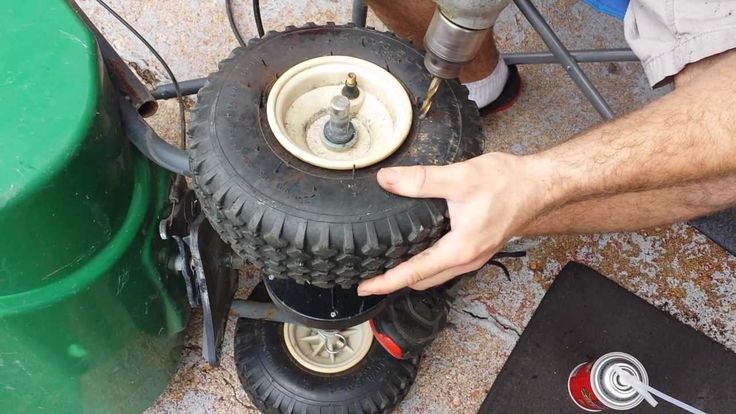
Optimum pressure is selected as a compromise between speed, range and comfort level, safety. We pump - we improve speed and mileage, but worsen convenience and braking. And vice versa.
What pressure should be set in the tires must be indicated in the passport of the electric scooter.
For example, for the Xiaomi Mijia M365 brand, you need to set the following values:
| Rider weight, kg | Front tire bar | Rear tire bar |
| 50-70 | 2.40-2.75 | 2.75-3.50 |
| 90-90 | 2.75-3.10 | 3.10-3.80 |
| 90-100 | 3.10-3.50 | 3.50-4.15 |
Electric scooters use several standard wheel sizes. They are equal to 6; 8; 8.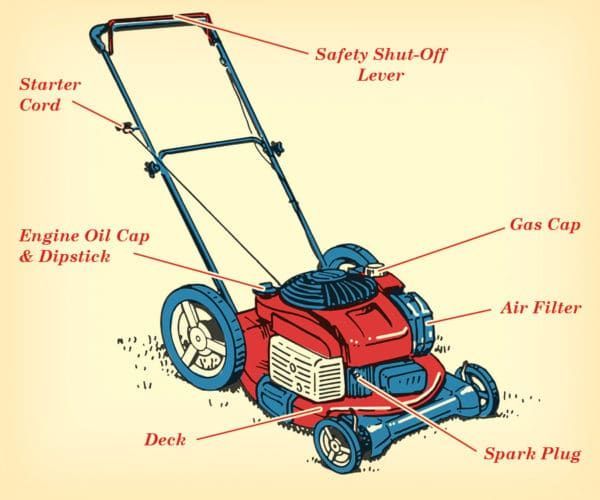 5; 10, 11, 12 inches.
5; 10, 11, 12 inches.
6-8.5 inch wheels designed for asphalt travel. They are too small to successfully cope with bumps. Small tires have accelerated wear, so it is better to pump them over a little so that the resource becomes longer.
10-12 inch wheels suitable for dirt roads. To increase the patency, it is better to under-pump them a little.
To summarize everything that is written above, then choosing the optimal pressure for the wheels of an electric scooter, you need to take into account the weight of the driver, as well as where and how the vehicle is used. For movement on high-quality hard surfaces, it is better to pump tires, on rough roads - under-inflate. But you need to remember that you can’t lower the pressure too much - this will lead to the fact that the tire will fail faster.
If you have problems with an electric scooter and you live in St. Petersburg, then call Lenremont. Don't worry about the time - the dispatcher works 24 hours a day.